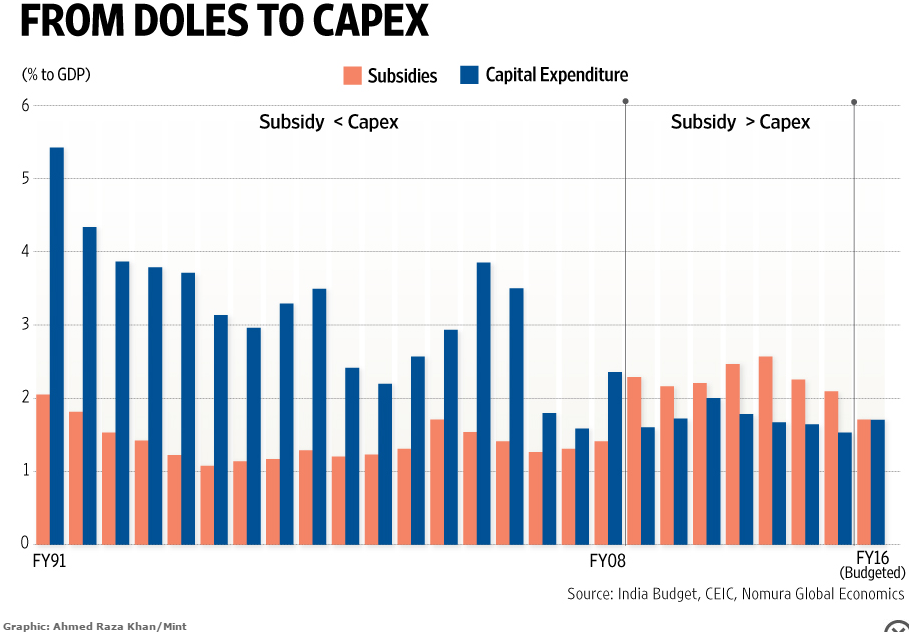disha wrote:Population and its growth is not a burden., what is burden is when the population growth is not used to an advantage. What we have done is choke the population when it comes to economic advancement by sticking unduly long to policies and practices which were discarded decades ago elsewhere and proven to be worth less. Leave alone coming up with newer ideas. And the worst thing is that those socialist stasist policies are still being held as shining examples of "progress".
The bolded part - How can you say that? Not a burden on who? Parents/Family? infrastructure? Environment? Natural resources like water/capita, Government?
Where is the socialist coming into picture?
If you look at the last census of India, it was the first time in our history we saw the primary enrollment staying pretty much same as last census. This means India does not need to build more primary school each year, instead it can focus on quality of primary education. This is possible only when people started to have fewer kids and population growth of young Indians stabilized at replacement levels. Kids for first 20 years are very expensive liability on the family and society and once they are of working age, unless you have modern large economy they are not an asset but another liability.
Case in point. Bangladesh has reduced it's population to replacement levels. Look at it's HDIs they are better than both India and Pakistan.
Pakistan's doing what you are suggesting and look at their HDI- They have fallen behind Bangladesh even with a very large lead over BD in 1974.
Show me one country that has population growth rate of 2% and it is doing great?
HDI, economic growth and turning your adult and young'uns into an asset is only possible when population growth slows or reaches replacement levels.



